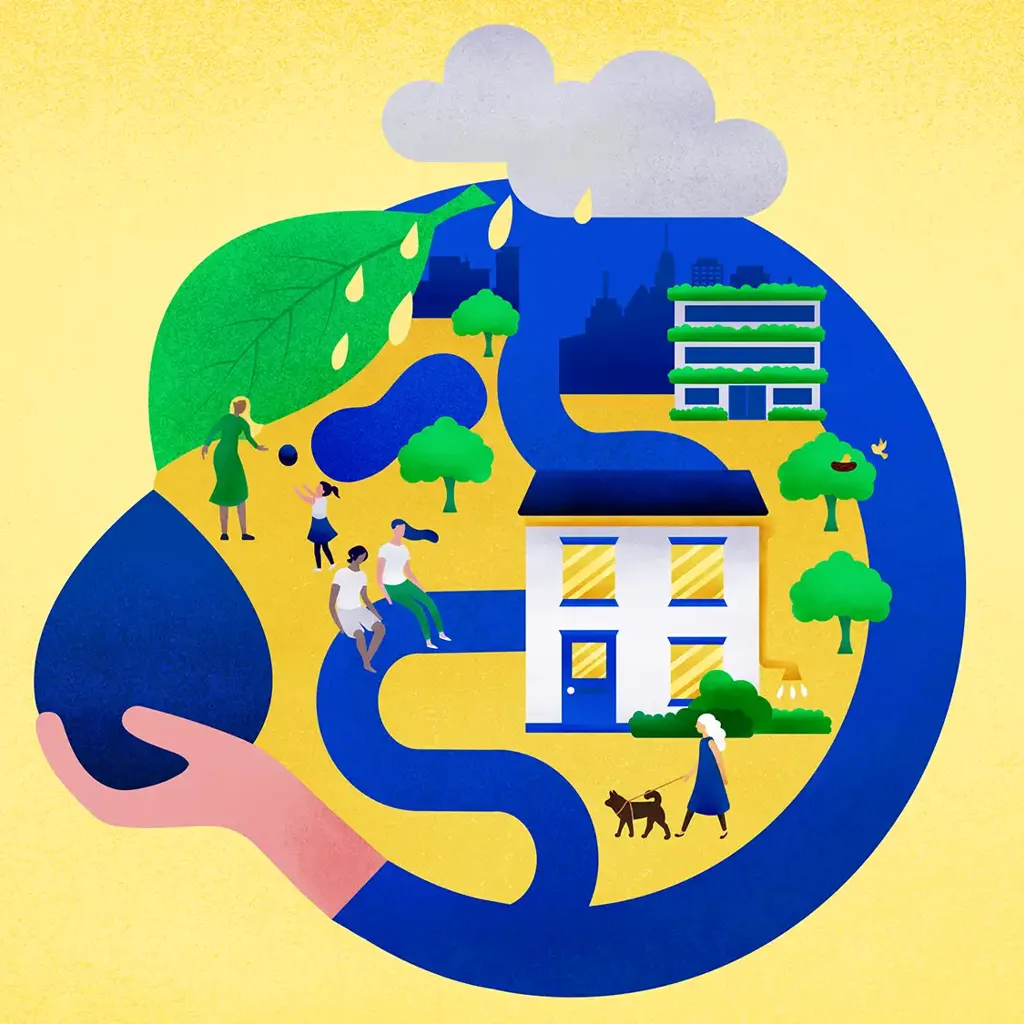I’ve spent nearly a lifetime in the rail industry, leading major capital delivery programmes as well as asset and systems integration projects, working across client and supply side.
Experience has taught me that rail owners and operators have to deal with an ever-growing list of important and competing priorities – climate change, ageing assets, affordability of capital works and operations, network-wide digitisation, operational reliability as well as regulatory change – it’s difficult to maintain business as usual let alone find the time and space to take a focused, long-term view on how to future-proof our railways.
Like many across the industry, I want to see high performing, safe and reliable railways that form the backbone of future sustainable transport networks. Achieving this requires our rail networks and infrastructure – many of which were not designed for multiple, once-in-a-lifetime-type extreme weather events, occurring at the frequency that they are today – to proactively prepare and adapt for these increasingly severe and frequent weather events.
The climate change to-do list
Operationally, climate change is clearly becoming a bigger priority every year. In April 2024, Network Rail in the UK announced an investment of £2.8bn into renewal and maintenance activities, (as well as digitisation) to help it better cope with climate change. This was concurrent with the release of the government’s new transport adaptation strategy. This is not unexpected as railways already face a huge toll from extreme weather events caused by climate change – from $7.6bn of restoration work for the New York City subway network that’s still underway 10 years on from Hurricane Sandy, to €2bn of flood damage to railway infrastructure in Germany. The cost of repeated emergency repairs will far outweigh the upfront costs to prepare.
Of course, the costs of climate damage aren’t simply economic. There is a very real risk to people’s safety and the wider, ongoing social barriers that can follow a break in vital connections between communities.
So, we all understand and recognise that the risks are real and growing – the harder part is working out how to prioritise and implement resilience. As economists are fond of saying, we need to reinforce the roof while the sun is still shining. For, while there are many positive rail resilience initiatives underway globally, at Arup, we believe there is a more effective and efficient way to future-proof railways in the face of climate change.
Connecting the dots within and outside of an organisation
For railways to be resilient, any rail service should be able to safely continue or quickly bounce back from any shock or stress to the system. This means minimal impact on services and ideally minimal physical damage to infrastructure, assets, corridors and surrounding land. Ideally, during any disruption, other parts of the transport network would step in where this is possible, or live network-wide data would ensure real-time communications are received by the workforce, passengers and other key stakeholders to enable everyone to make safe and the most convenient travel/work choices during periods of disruption.
As many in the sector already know, achieving this level of responsiveness and flexibility will require deft and detailed planning and investment, across many dimensions of rail networks and services. Given the size and extent of rail networks and their interfaces, this also isn’t a goal that can be attempted by any single entity alone – or by focusing on piecemeal interventions. Resilience planning needs to move away from what has largely been asset-based interventions, towards a whole-system response, working collaboratively with many stakeholders. This means connecting the dots within an organisation so that individual teams tasked with related but different parts of the resilience equation are complementing similar streams of work, while also bringing in other key stakeholders - from utilities (energy, water) and other transport providers to passengers, businesses and communities along the route.









